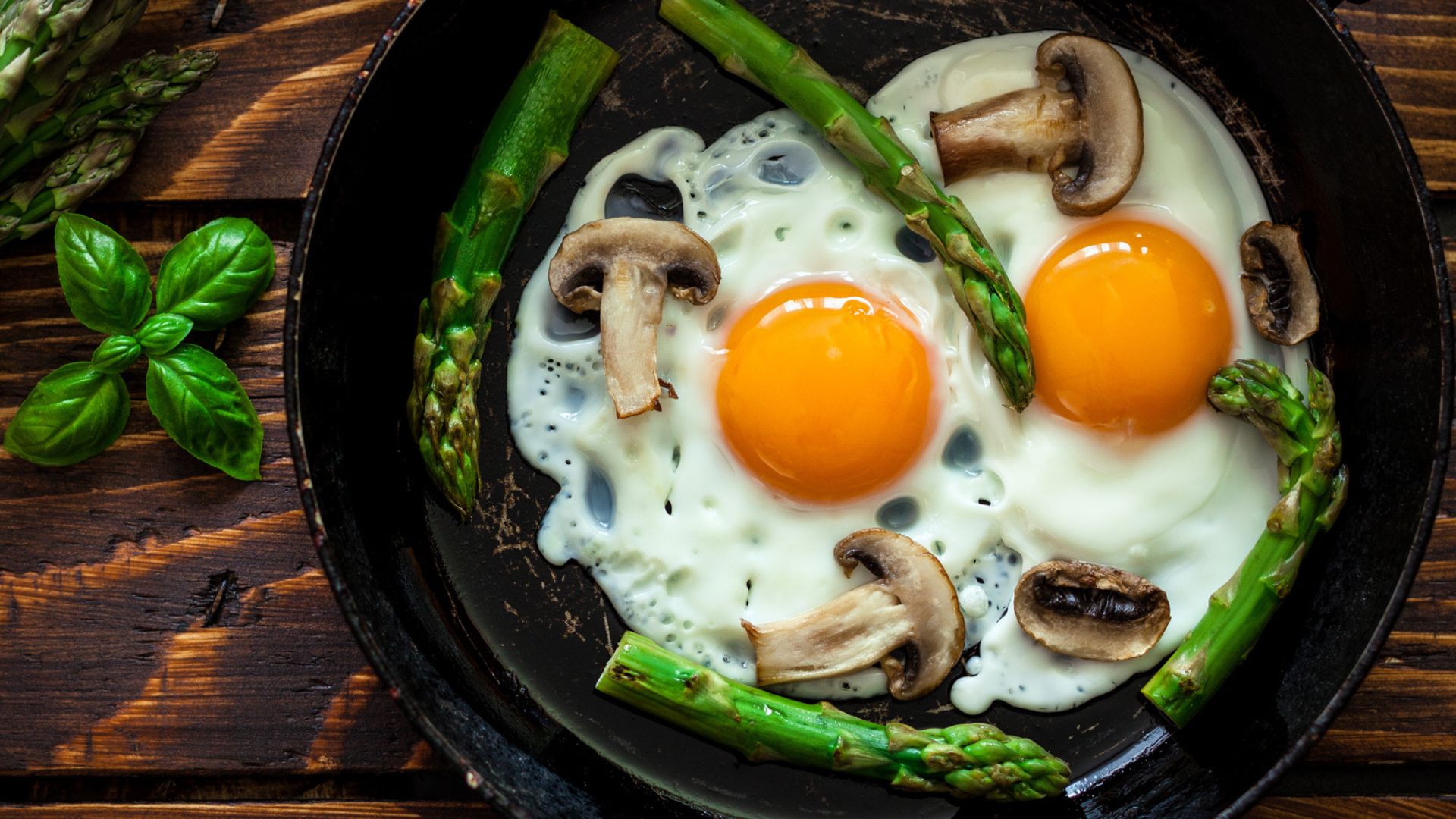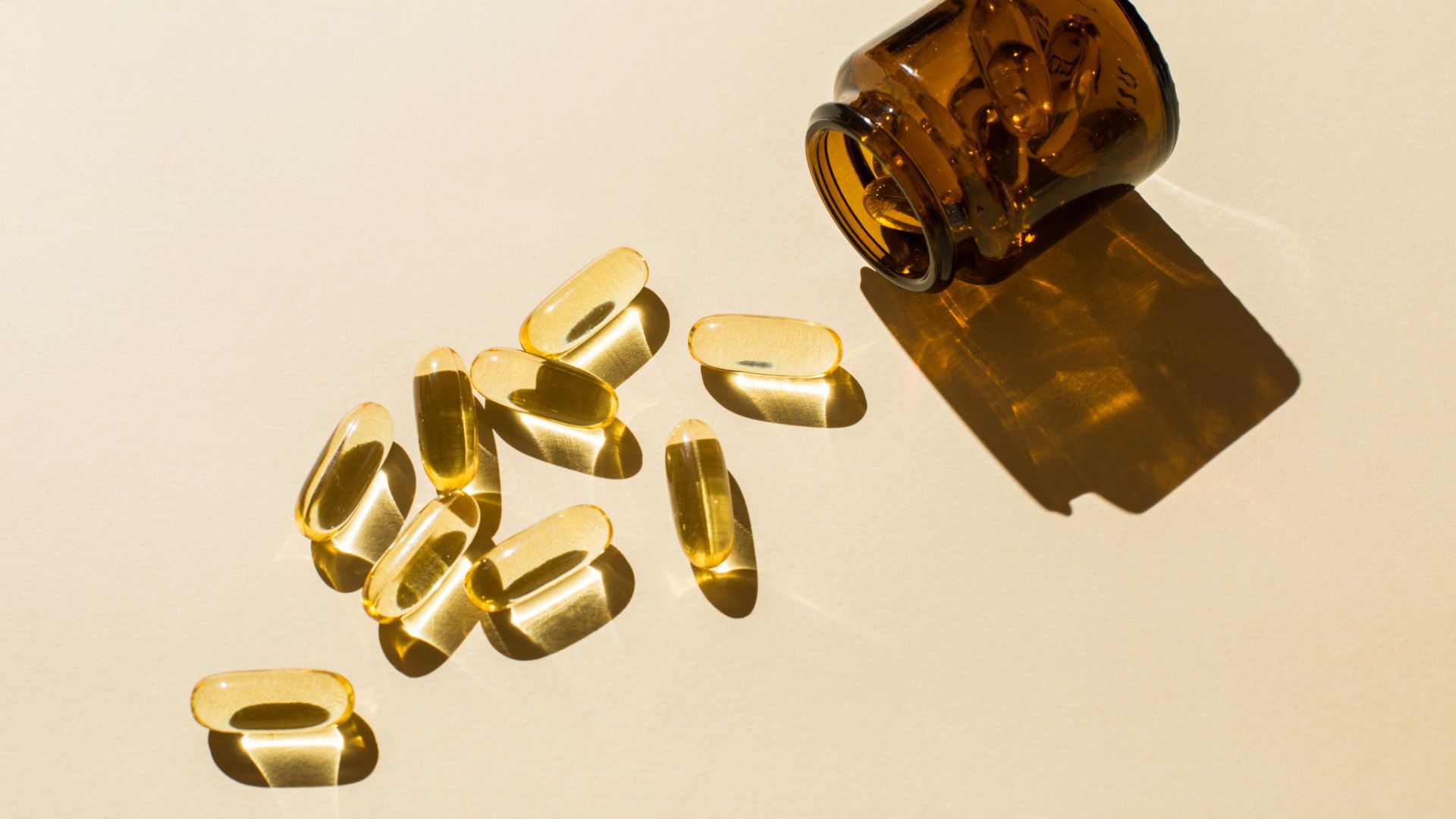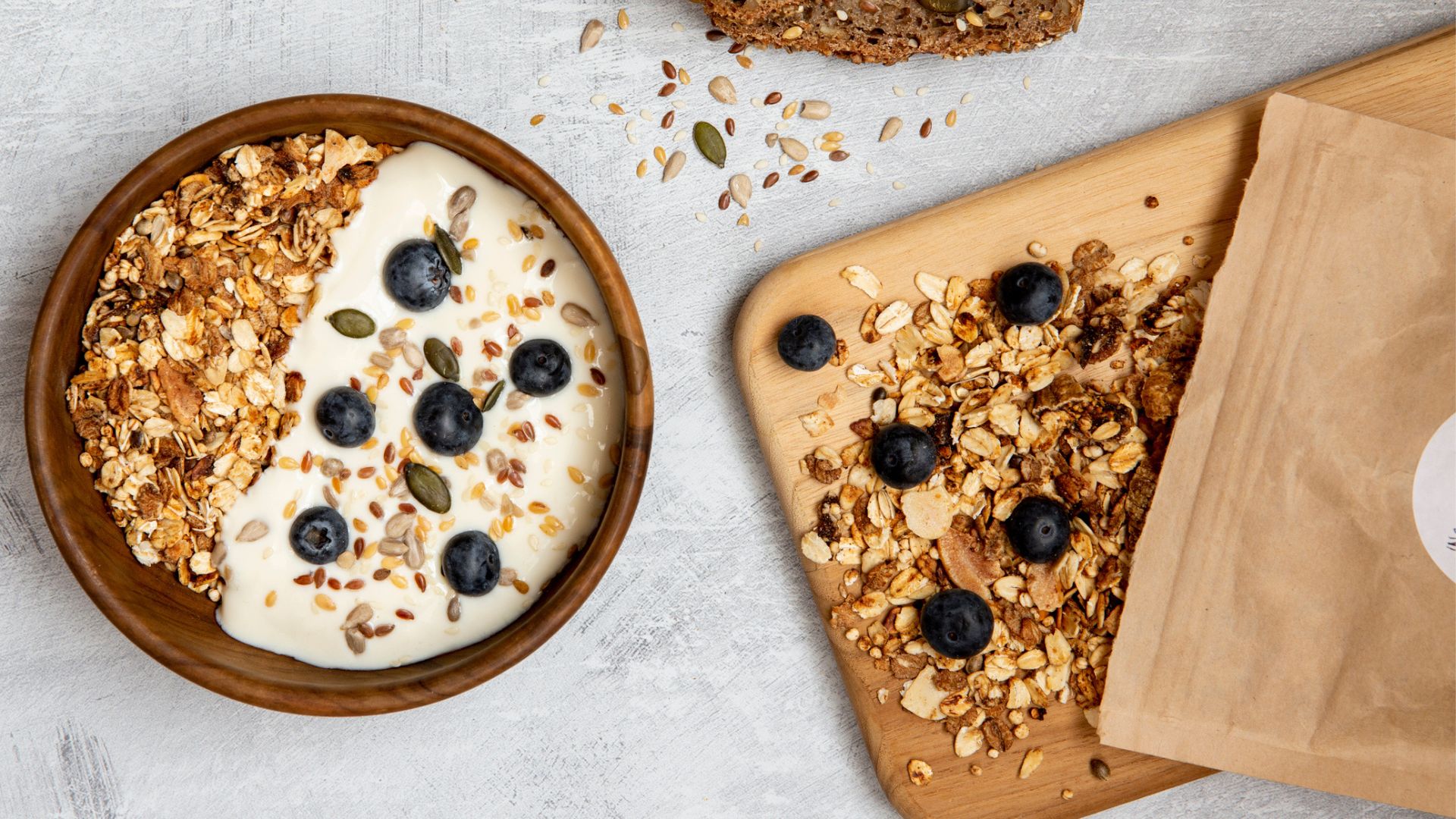8 foods rich in vitamin D to add to your diet this summer as nutritionists reveal the sun might not be enough
With sunshine in unpredictable supply in the UK, it's good to have foods rich in vitamin D on hand. Here are the experts' top choices for easy eating


Summer may be just on the horizon but as British weather struggles to guarantee sunshine, you may still need foods rich in vitamin D to complement your diet this year.
But it's not only the unpredictable British weather that can prevent us from getting the vitamin D we need. Those who spend little time outdoors, wear fuller-coverage clothing, use a daily SPF, or struggle to synthesise vitamin D naturally may also be advised to take vitamin D in summer. "Here in the UK, you can only absorb vitamin D from about 10 am to 3 pm," says Farzanah Nasser, a certified nutritionist. "Look at your shadow to know if you can - if it's shorter than you, it's at the right wavelength and you can absorb it. If your shadow is taller than you, you won't be able to."
You can top up your vitamin D levels via your diet, along with supplementation, with popular foods like mushrooms and fish rich in this essential nutrient. Here, woman&home speak to nutritionists and dieticians to reveal the ones worth adding to your diet to reap all the benefits of vitamin D this summer.
Foods rich in vitamin D
1. Mushrooms
Not only are mushrooms one of the most versatile vegetables, they are one of the only vegetables rich in vitamin D. Levels of vitamin D are measured in IU - international units - and the National Institutes of Health recommends adult women under 70 need 600IU of vitamin D every day, rising to 800IU after 70 years of age. The NHS suggests 10mg - or 400IU. Mushrooms provide 136IU per cup (or 250g).
"Leave your mushrooms on the windowsill bottom side-up for about 20 minutes before you use them," says Nasser. "They can actually absorb vitamin D from the sunshine for you. Wild mushrooms will have naturally higher vitamin D levels than other types."
2. Salmon
If you're a fan of oily fish like salmon, you're in luck. Depending on where the fish is caught and the time of year, these are the types richest in vitamin D.
Wild salmon has more vitamin D than other types, with fish caught in the Baltic sea the highest in vitamin D, per a study by the Technical University of Denmark. The researchers suggest that a 100g serving of wild salmon caught in the Baltic sea can offer 556–924IU, which is between 70 to 100% of the recommended daily value.
Sign up to our free daily email for the latest royal and entertainment news, interesting opinion, expert advice on styling and beauty trends, and no-nonsense guides to the health and wellness questions you want answered.

3. Tinned fish
"Alternatively, opt for tinned mackerel or tinned sardines, which are an affordable, quick and easy way to amp up the protein, omega-3 and vitamin D content of your diet," says nutritionist and gut health specialist Eli Brecher.
Mackerel, anchovies, sardines, and herring are all tinned fish options rich in vitamin D. 80g of mackerel offers around 400IU of vitamin D, while a small tin of sardines as you would buy in a supermarket (about 120g) offers 240IU.
4. Fortified plant-based milk
As vitamin D is mainly found in animal products, it can be difficult to get enough if you follow a vegetarian or vegan diet. However, there are options. Given the importance of vitamin D in our diets, it's hardly surprising that many foods are made with additional vitamin D.
Soy milk is one of the best, according to Food Data Central, which suggests 237ml of soy milk offers between 100 and 119IU of vitamin D. This naturally depends on the brand, however.
But many types of milk offer the benefits. "Soy, almond, and oat milk are fortified with vitamin D," says Gabriela Peacock, a certified nutritionist and the author of 2 Weeks To A Younger You. "These can be used in smoothies, iced coffees, or even to make homemade ice creams on a hot day."

5. Cod liver oil
Not a fan of fish? Cod liver oil is a great alternative to get plenty of additional vitamin D and other nutrients like vitamin A and omega-3 fatty acids.
Although you could argue it's more of a supplement, there is an impressive 450IU of vitamin D per teaspoon, making it one of the foods richest in vitamin D, per research by FoodData Central.
However, it's also very rich in vitamin A, which is something to watch out for if you're giving cod liver oil to anyone else, especially those who are pregnant.
6. Eggs
This brunch staple is another high vitamin D food, provided you buy free range. Not only is this better for chicken welfare, but the vitamin D content in the eggs will be higher, Nasser says. The yolk is the part richest in vitamin D, with 37IU per egg.
"They also double up as a great source of protein, B2, B12 and a potent antioxidant selenium," says Kelly Mullhall, nutritionist and founder of The Natural Balance.
7. Fortified cereals
Many packaged cereals in the UK are fortified with additional vitamin D. Wheat bran flakes are among the best, with most brands offering around 145IU of vitamin D per 250g. Fortified crisp cereal is also a good option, with 85IU of vitamin D per 250g.
"They are quick, easy, and can be a light option for a summer breakfast when paired with high protein Greek yoghurt and berries," says Peacock. "You will know if a cereal has been fortified with vitamin D as it is usually made clear on the packaging, and when paired with fortified milk, these cereals can provide a substantial portion of your daily vitamin D needs."

8. Liver
It might not be a go-to for you in the supermarket aisle, but liver is a "nutrient-dense food and rich in nutrients, including vitamin D. It's where animals store fat-soluble vitamins and therefore why it's a good source," says Nasser. 100g of beef liver (cooked) offers about 50IU of vitamin D.
Animal liver also tends to be higher in fat than other foods, making it easier for our bodies to absorb the vitamin. "Vitamin D is a fat-soluble vitamin stored in the body in fat tissue. To increase its absorption from food, it's best to consume it alongside other fatty foods," says Mullhall. "Healthy fats like oily avocados, olive oil, and nuts and seeds are also good options."
The same goes for other red meats too, such as beef and pork. "A healthy chilli con carne, stew or spaghetti bolognese are all great options for upping your intake of vitamin D, iron (to reduce tiredness) and B vitamins (for energy)," says Dr Carrie Ruxton, a dietitian at the Health and Food Supplements Information Service.
How much vitamin D do we need every day?
According to the National Institutes of Health, adult women under 70 need 600IU of vitamin D every day. This rises to 800IU after 70 years of age. The NHS recommends that everyone over one has 400IU of vitamin D every day, whether via supplementation or natural sources.
“Very few foods naturally contain vitamin D – it’s one of the reasons why the British population struggles to get enough vitamin D all year round," says Dr Ruxton. "Plus, around 90% of the vitamin D in our blood typically comes from summer sunshine stimulating our bodies to make vitamin D, so many people still don’t get enough. This can be due to cloudy days, use of sunblock, staying indoors too much or covering ourselves up with clothing – all of which reduce the amount of sunshine we receive and affect vitamin D status."
Which fruits are high in vitamin D?
Oranges and bananas sit among the fruits richest in vitamin D with 100IU per 250g and 75IU per fruit respectively. These are foods high in vitamin C but compared to other foods rich in vitamin D, it's not much per serving.
However, Mullhall says, some fruits and vegetables are rich in nutrients that can help our body absorb vitamin D from its sources. For example, she says: "Vitamin D works with vitamin K, another fat-soluble vitamin. Vitamin K-rich foods include green leafy vegetables like broccoli, sprouts and cabbage."
There are benefits of magnesium for the same reasons - "it's essential to convert vitamin D into its active form," adds Peacock. This mineral is present in bananas, avocados, and kiwi.
Getting your vitamin D from foods rather than a supplement, as many experts and the NHS recommend during autumn and winter, also avoids the problem of having too much vitamin D.
"It's important to note that excessive supplementation of vitamin D can lead to toxicity in the body and can impact calcium absorption," says Mullhall. "Too much calcium (hypercalcemia) can negatively impact the bones and kidney, even leading to painful kidney stones. However, you will never have this problem if you get it from food sources."

Grace Walsh is woman&home's Health Channel Editor, working across the areas of fitness, nutrition, sleep, mental health, relationships, and sex. She is also a qualified fitness instructor. In 2025, she will be taking on her third marathon in Brighton, completing her first ultra marathon, and qualifying as a certified personal trainer and nutrition coach.
A digital journalist with over seven years experience as a writer and editor for UK publications, Grace has covered (almost) everything in the world of health and wellbeing with bylines in Cosmopolitan, Red, The i Paper, GoodtoKnow, and more.